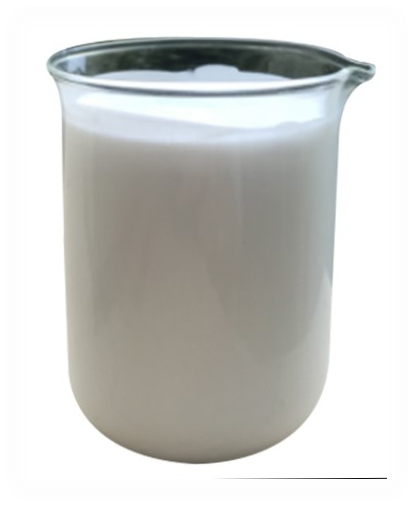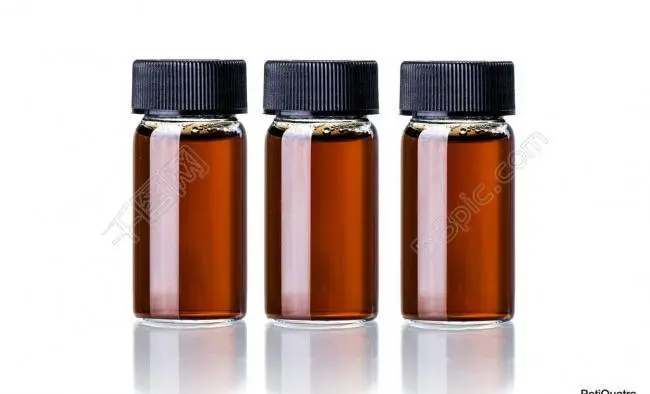**Title: Surfactant Secrets: Mixing Glyphosate Like a Pro**
(How Many Ounces Of Surfactant To Four Gallons Of Mixed Glysophate)
**Main Product Keywords:** Surfactant, Glyphosate
**1. What is Surfactant?**
Think of surfactant like dish soap for your weed killer. Its real name is surface-active agent. Surfactant breaks down tension. Water droplets naturally bead up on waxy weed leaves. This beading lets the weed killer slide right off. Surfactant changes this. It makes the water wetter. It lets the spray mixture spread out evenly. It sticks to the leaf surface. Surfactant helps the glyphosate penetrate the plant’s defenses. Without it, much of your expensive herbicide might not work well. It’s a simple additive. It makes a huge difference in performance.
**2. Why Add Surfactant to Glyphosate?**
Glyphosate is a powerful herbicide. It kills plants by disrupting growth. But glyphosate faces a problem. Many tough weeds have waxy or hairy leaves. These leaves naturally repel water. Imagine rain rolling off a duck’s back. Your glyphosate spray acts like that rain. It hits the leaf. It beads up. It rolls away. The weed stays healthy. Surfactant solves this problem. It acts like a glue. It helps the glyphosate solution stick to the leaf. It also helps the glyphosate get inside the plant faster. Adding surfactant means less wasted product. It means better weed control. It often means needing fewer applications. It makes your glyphosate investment work harder.
**3. How Much Surfactant per Four Gallons?**
Getting the mix right is crucial. Too little surfactant won’t help enough. Too much can damage plants or cause runoff. The standard recommendation is usually a percentage of the total spray volume. For most non-ionic surfactants, the common rate is 0.25% to 1.0%. Focus on four gallons of mixed glyphosate solution. This is your final spray volume. Calculate surfactant based on this amount. Use 0.5% surfactant as a reliable starting point for many situations. This means half a percent of the total spray volume. Four gallons equals 512 fluid ounces. Half a percent of 512 ounces is 2.56 ounces. Round this to a practical measure. Use roughly 2.5 ounces of surfactant for every four gallons of your mixed glyphosate solution. Always check your specific surfactant label. Always check your glyphosate product label. Labels provide the final authority. Different products might need different rates. Water quality can also affect performance.
**4. Practical Applications: Getting the Mix Right**
Knowing the theory is good. Applying it matters more. Start with clean water. Fill your spray tank about half full. Add the correct amount of glyphosate concentrate. Stir well. Glyphosate needs thorough mixing. Now add the surfactant. Measure carefully. Pour in your 2.5 ounces per four gallons of final mix. Finish filling the tank with water. Agitate the mixture continuously. Good agitation ensures everything blends evenly. Spray soon after mixing. Avoid letting the mixture sit for long periods. Apply the spray evenly. Cover the target weeds thoroughly. Avoid spraying on windy days. Prevent drift onto desirable plants. Use appropriate protective gear. Gloves, long sleeves, and eye protection are essential. Store leftover surfactant properly. Keep it sealed in its original container. Store it in a cool, dry place away from children and pets.
**5. FAQs: Surfactant and Glyphosate Mixing**
* **Is surfactant always needed?** Almost always, yes. Most glyphosate concentrates require it. Check your specific product label. Some “ready-to-use” or “pre-mixed” formulations might include it already.
* **Can I use dish soap instead?** It’s risky. Dish soap is a surfactant. But it contains additives like perfumes and dyes. These additives might harm plants. They might interfere with glyphosate. Use a proper agricultural surfactant. It’s designed for the job.
* **What if my water is hard?** Hard water contains minerals. These minerals can bind to glyphosate. This reduces its effectiveness. You might need more surfactant. You might need a special water conditioner. Check surfactant labels for hard water recommendations.
* **Does surfactant kill weeds?** No. Surfactant itself is not a herbicide. It doesn’t kill plants. Its job is purely to help the glyphosate work better. It improves spreading, sticking, and penetration.
* **Can I add too much surfactant?** Yes. Excessive surfactant can cause problems. It might burn plant leaves. It can increase runoff. It might create excessive foam in your sprayer. Stick to the recommended rates. Follow the label instructions precisely. More isn’t always better.
(How Many Ounces Of Surfactant To Four Gallons Of Mixed Glysophate)
* **What type of surfactant is best?** Non-ionic surfactants (NIS) are most common. They work well with glyphosate. They are generally compatible. Other types exist. These include crop oil concentrates (COC) and methylated seed oils (MSO). Sometimes these are used. Use the type recommended on your glyphosate label. NIS is the standard starting point.
Inquiry us
if you want to want to know more, please feel free to contact us.




